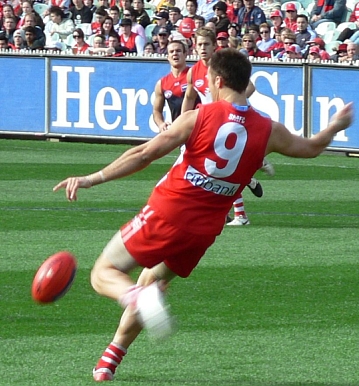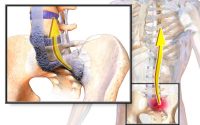Prolonged sitting increases muscle stiffness of the back, roller massage can help
Modern lifestyle has made human stay inactive, sitting most of time in a sedentary lifestyle. Office workers spend 6-10 hours per day sitting. In Europe, truck drivers can drive non-stop for 4.5 hours. It is known that that such long sitting period can cause musculoskeletal discomfort and back pain.
Scientists from Chemnitz University of Technology in Germany investigated whether prolonged sitting can increased back muscle stiffness. In addition, they also evaluated whether using roller massage can help those people.
Their study published in Applied Ergonomics journal, evaluated back muscle stiffness of 59 healthy office workers in Germany. The participants were instructed to sit for 4.5 h mimicking office work or drivers. Following the prolonged sitting period, participants were assigned to either an 8-min roller massage (using a BLACKROLL Duoball) or a control standing task. Stiffness of the back muscle was measured using a device called the indentometer, which measured the muscle resistance against an applied force.
Results showed that muscle stiffness of the thoracic spine, lumbar and trapezius increased significantly after a 4.5 hour of sitting. However, participants who used roller massage following the prolonged seating period showed a decrease in muscle stiffness, and even to a level slightly below baseline stiffness. Meanwhile the control group who was asked to stand after the prolonged seating task didn’t show any decrease in muscle stiffness.
The increased in muscle stiffness following a prolonged sitting period was hypothesised to be caused by a series of reactions triggered by strains on the connective tissues of the back. Prolonged sitting causes micro-damage of the connective tissue, which is accompanied by spasms and hyper-excitability of the back muscles. These conditions, in turn, restrict microcirculation in muscle tissues. This restriction could also caused an imbalance in the muscle cell, which lead to the formation of cross-bridges between myosin heads and actin.
The authors hypothesised that pressure and friction caused by the roller massage may break down the cross-bridges between the actin and myosin filaments. Another potential explanation is that the rolling action increased intramuscular temperature.
This study reminds us on the importance of taking regular breaks between sitting periods not only to prevent cardiovascular diseases, but also musculoskeletal discomfort and pain. This study also indicates that a short-duration exercise involving a roller can serve as an effective active break.


